After merging the three provinces of Vinh Long, Tra Vinh and Ben Tre , the new province of Vinh Long covers an area of 6,296.2 km², with a population of about 4,194,633 people, becoming an important administrative unit in the Mekong Delta. The province has 130 km of coastline, opening up a new vision, creating a coastal province with regional and international competitiveness, with the marine economy as the main growth driver in the era of rising with the country.
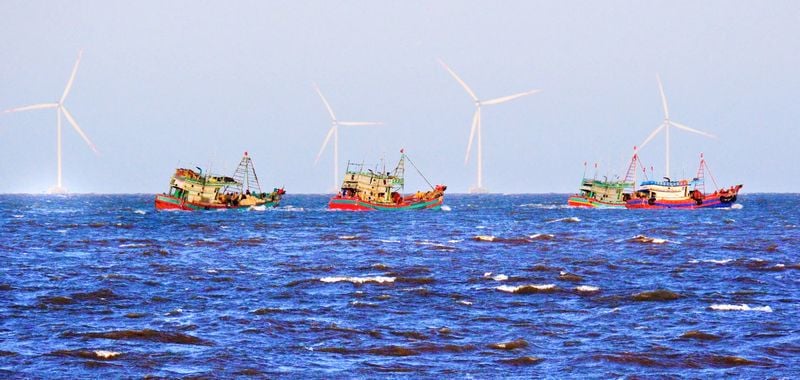 |
| Vinh Long province now has 130km of coastline, opening up a new vision, creating a coastal province with regional and international competitiveness, with the marine economy as the main growth driver. Photo: TRUNG HIEU |
New momentum towards the sea
Strategists believe that the merger of Vinh Long, Tra Vinh and Ben Tre into “Vinh Long province”, with the administrative center located in Vinh Long, will become one of the centers of the Mekong Delta region, taking the sea as the driving force for development. According to Associate Professor Dr. Nguyen Ngoc Vinh (University of Economics, Ho Chi Minh City), the marine economic group will be the economic spearhead of Vinh Long province because this locality owns a long coastline, bordering the East Sea through coastal areas.
This is where major river mouths such as Ba Lai, Ham Luong, Co Chien, Dinh An converge - strategic potential for seaport development, coastal logistics and large-scale aquaculture. Coastal lands, salt marshes and alluvial plains are very suitable for offshore wind power and potential for solar power development in farms.
The natural connection between the three downstream provinces of the Mekong Delta has long been established. If Vinh Long (old) is the agricultural and industrial rear, Tra Vinh and Ben Tre are two “gateways to the sea” with great potential for wind power, aquaculture, seaports and eco-tourism.
The merger into the new Vinh Long province not only facilitates unified spatial planning but also increases regional competitiveness, reduces resource dispersion and optimizes public investment. Although located in the center of the Mekong Delta, the old Vinh Long is not adjacent to the sea, while Tra Vinh and Ben Tre possess marine advantages but have not been properly exploited, lack a strategic coordination center and large-scale marine farming remains spontaneous.
When becoming a unified province, the new Vinh Long will continue to implement the 50,000ha sea reclamation plan of Ben Tre approved by the Government, while expanding Dinh An port into a national transit port, developing a large-capacity coastal wind power cluster, restructuring the fisheries industry towards high technology and ecology, as well as shaping a marine economic zone and a chain of modern coastal urban areas.
The new Vinh Long province will play a key role in the strategy of linking the Southwest region with Ho Chi Minh City, becoming a new export gateway, reducing pressure on Cat Lai port, and promoting the development of seaport-logistics clusters for the entire region.
The new Vinh Long province is not just an administrative sum but a “strategic entity” representing a new development mindset, taking the sea as the driving force, taking connectivity as the center, taking innovation as the means and taking sustainability as the ultimate goal.
Associate Professor, Dr. Nguyen Ngoc Vinh commented that in the context of the trend of reorganizing administrative units for sustainable development, Vinh Long province after the merger promises to become an economic, social and sustainable pillar for the Mekong Delta region. Accordingly, the "very potential" groups include marine economy; logistics - waterway transport; water resources - irrigation; agriculture - processing - export; industry - clean energy and several other potential groups.
Where "dragons" converge in the East Sea
According to Dr. Tran Huu Hiep - an economic expert in the Mekong Delta, the merger of the three provinces of Ben Tre, Tra Vinh and Vinh Long to form a "new province facing the East Sea" is a strategic shift, creating a new development space, exploiting natural advantages and intra-regional connectivity, opening up a breakthrough growth momentum for the entire Mekong Delta.
Developing a multi-sector and diversified marine economy will be the backbone. Ben Tre and Tra Vinh, with their long coastlines, possess the potential for high-tech aquaculture, from ecological shrimp to commercial-scale pangasius, improving productivity, minimizing disease risks and creating a foundation for deep processing and packaging chains for export that meet international standards. At the same time, organizing offshore fishing fleets and equipping IUU (illegal, unreported and unregulated) monitoring systems will optimize seafood resources and protect the marine environment.
At the same time, the coastal area of Ben Tre - Tra Vinh has great potential in renewable energy. Offshore wind power combined with solar power will provide clean, stable electricity, attracting large-scale investment in the supporting chain. Although Vinh Long (old) is not adjacent to the sea, the new province will become a "rear resource" for energy projects, ensuring the balance of electricity - water - raw materials, while contributing to diversifying the economic structure of the whole region.
Marine and eco-tourism is the next important growth channel. The blend of Mekong Delta river culture and mangrove ecosystem creates a unique mark, from island discovery tours, mangrove homestays to craft village experiences. The development of high-end resorts and community-based tourism products not only increases income but also preserves traditional culture in a sustainable way.
General Secretary To Lam “The new province formed from Vinh Long, Ben Tre, Tra Vinh, where 6/9 Mekong dragons converge here, will soon become a dynamic, sustainable, identity-rich and truly people-oriented growth pole.” |
The merger of three provinces is not only a solution to reorganize administrative boundaries but more importantly, a breakthrough choice to reconstruct the development structure towards synchronous and effective integration. This merger will open up new space to maximize the advantages and complement each other between localities, promoting economic linkages in a substantial way.
General Secretary To Lam emphasized that it is important that this merger must go hand in hand with a new management mindset: streamlining the apparatus, transparent operations, modernizing technology and flexible coordination to form one of the growth centers, capable of leading the Mekong Delta.
The new Vinh Long province will form large-scale economic dynamic zones with high spillover capacity. The merger of the three provinces will have the conditions to prioritize synchronous investment in regional strategic infrastructure systems such as National Highway 60, coastal routes, Ho Chi Minh City, Can Tho, Ca Mau expressways, inland waterways, and seaport and river port systems to expand development space, improve logistics capacity and attract high-quality investment.
VIETNAM LAND
Source: https://baovinhlong.com.vn/thoi-su/202507/noi-hoi-tu-nhieu-rong-ra-bien-5d10d7f/



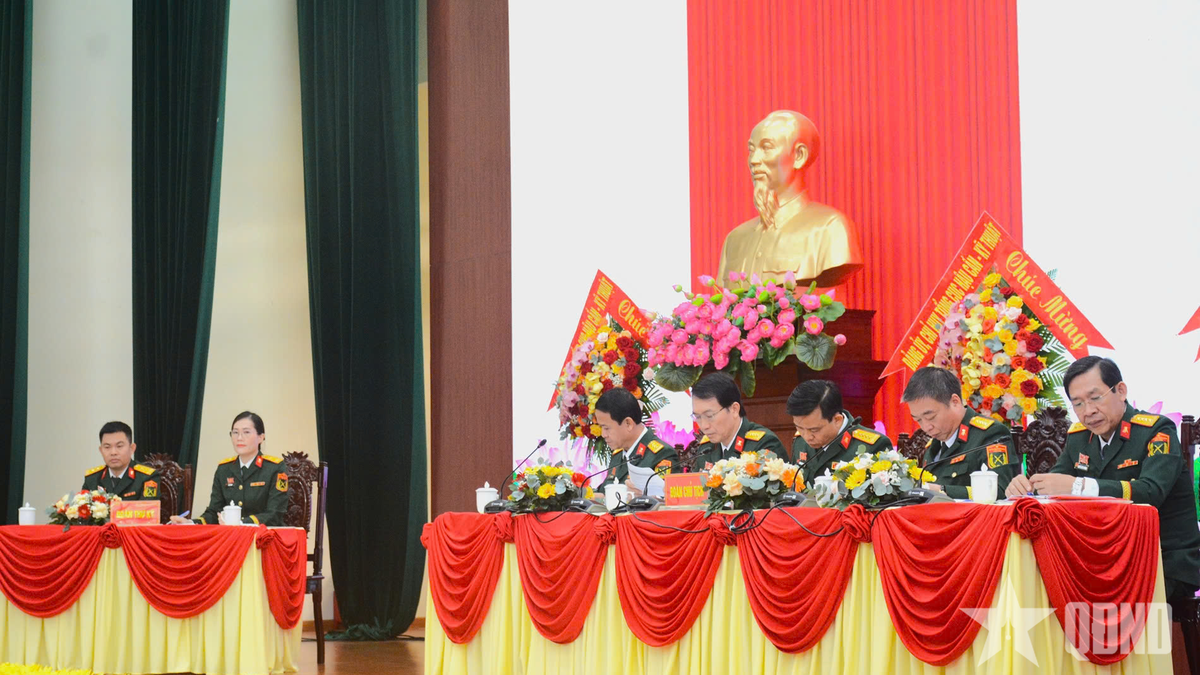

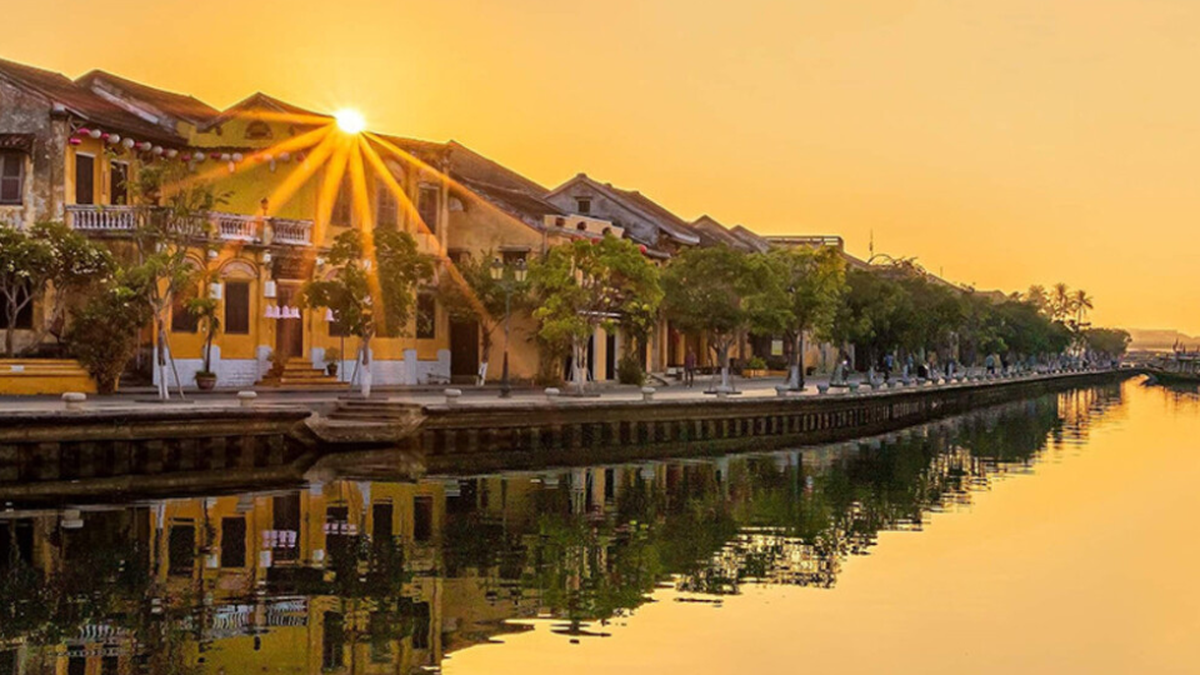
![[Podcast] No need to change passport or citizen identification when administrative boundaries change](https://vphoto.vietnam.vn/thumb/1200x675/vietnam/resource/IMAGE/2025/7/9/dfcd127b84b24a19a031801698c9a51f)

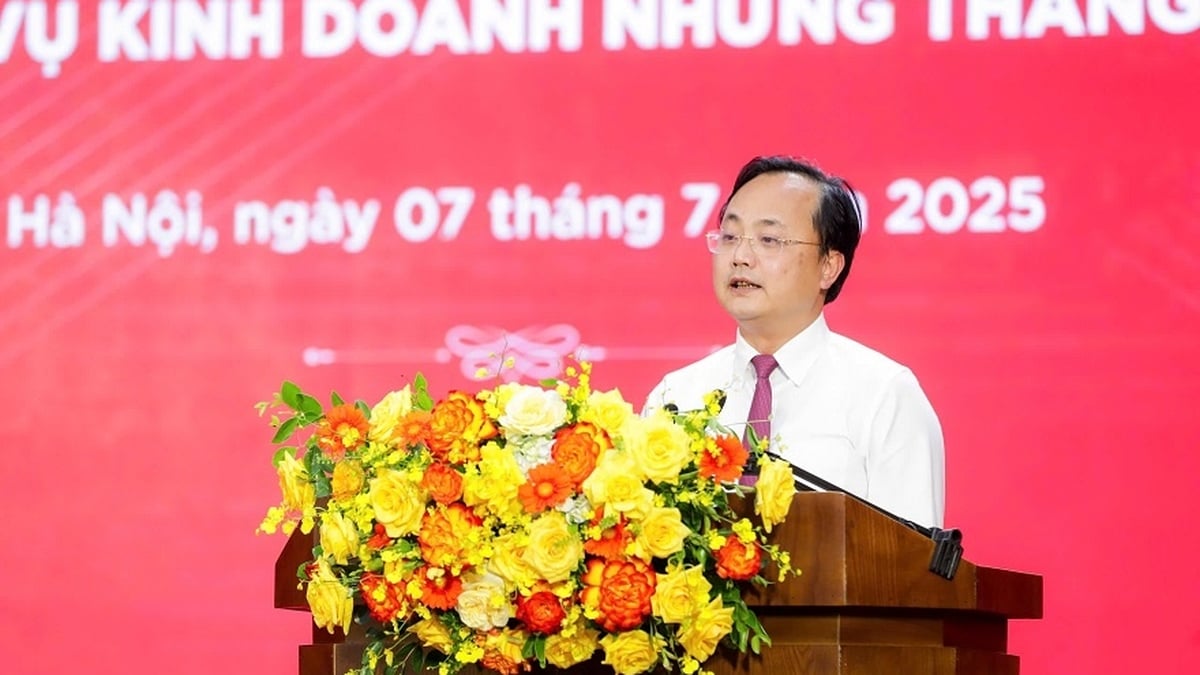
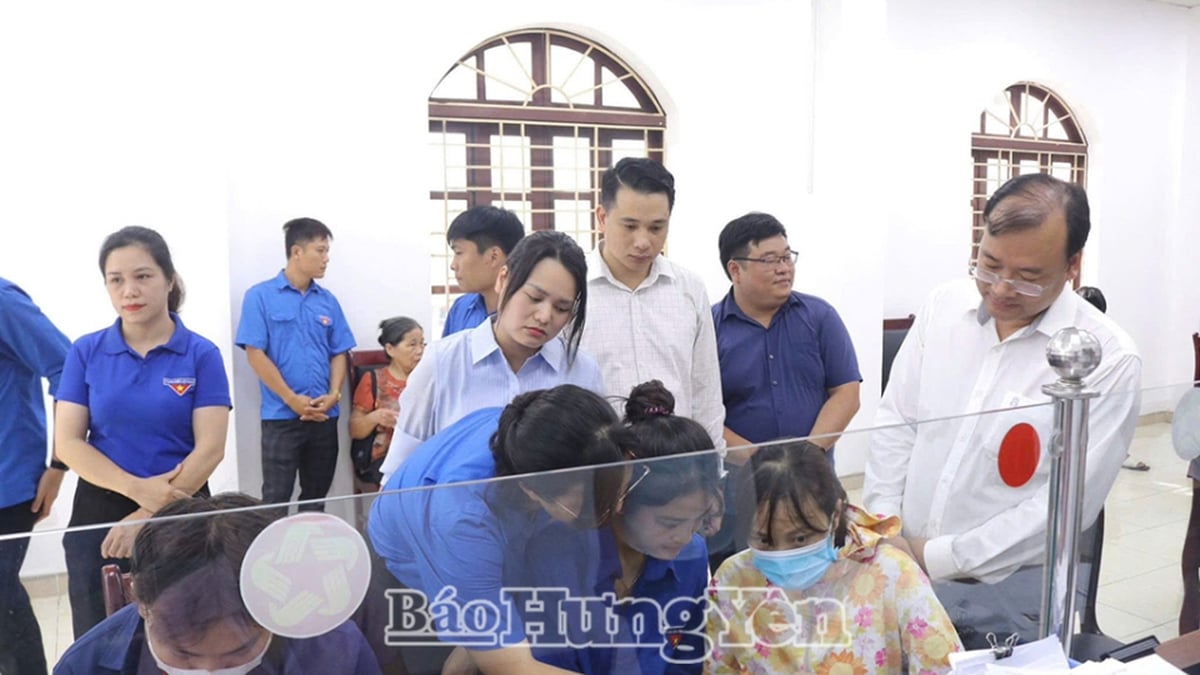
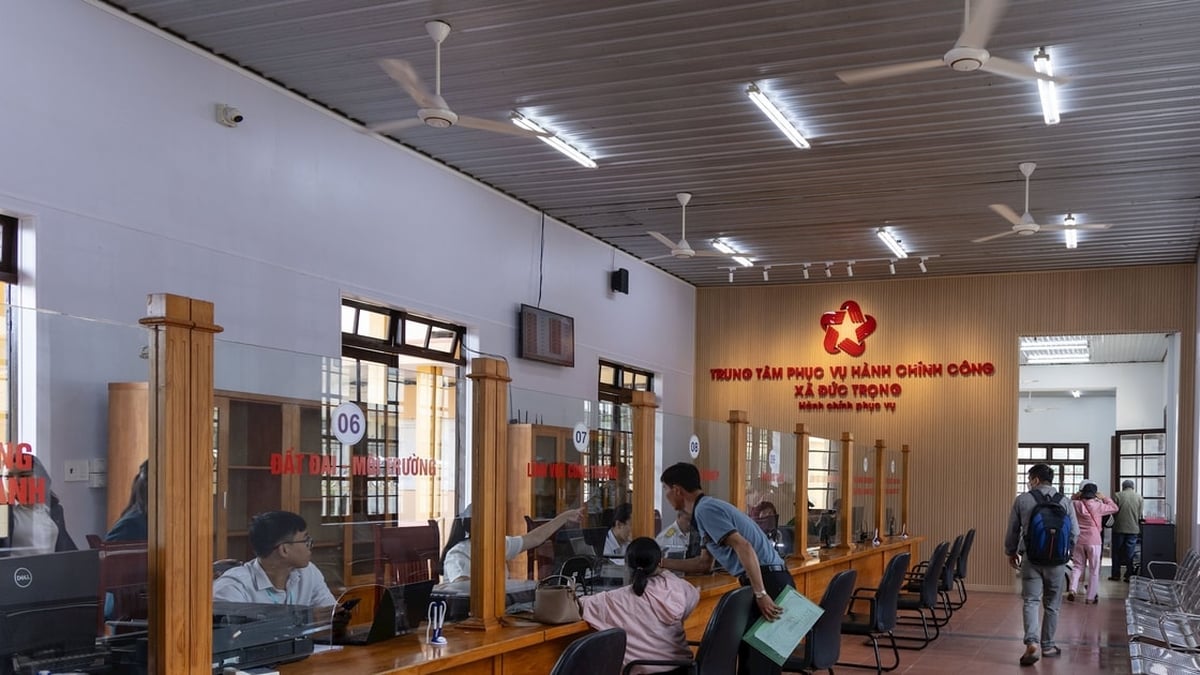
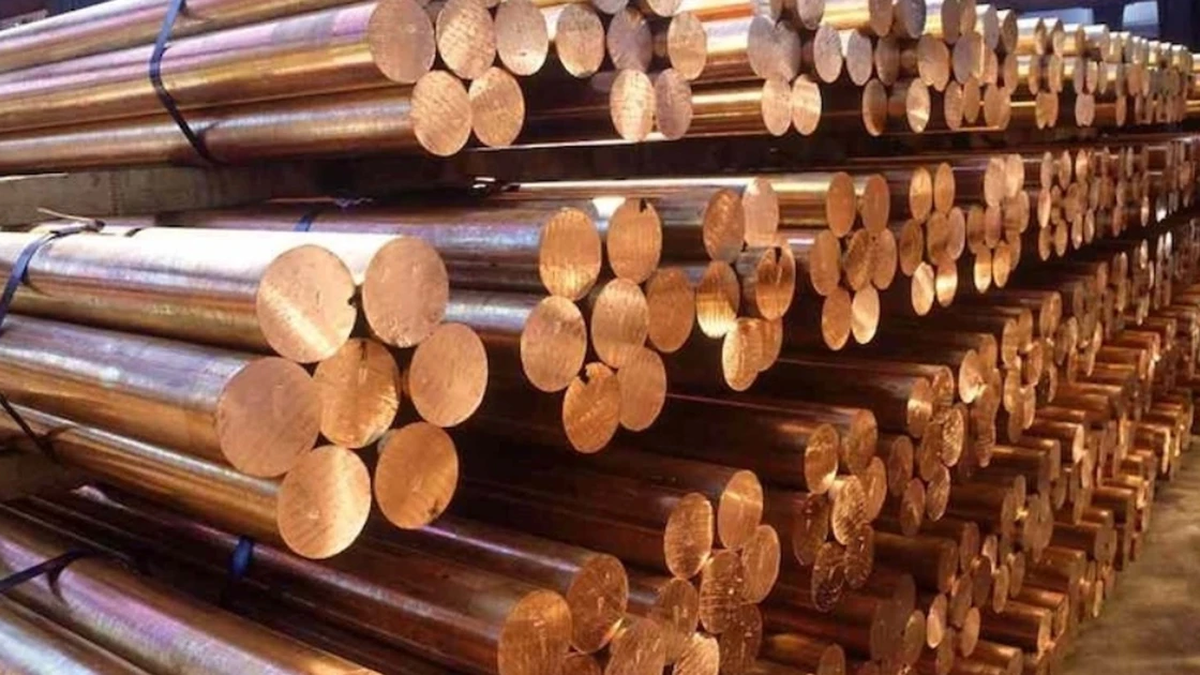

















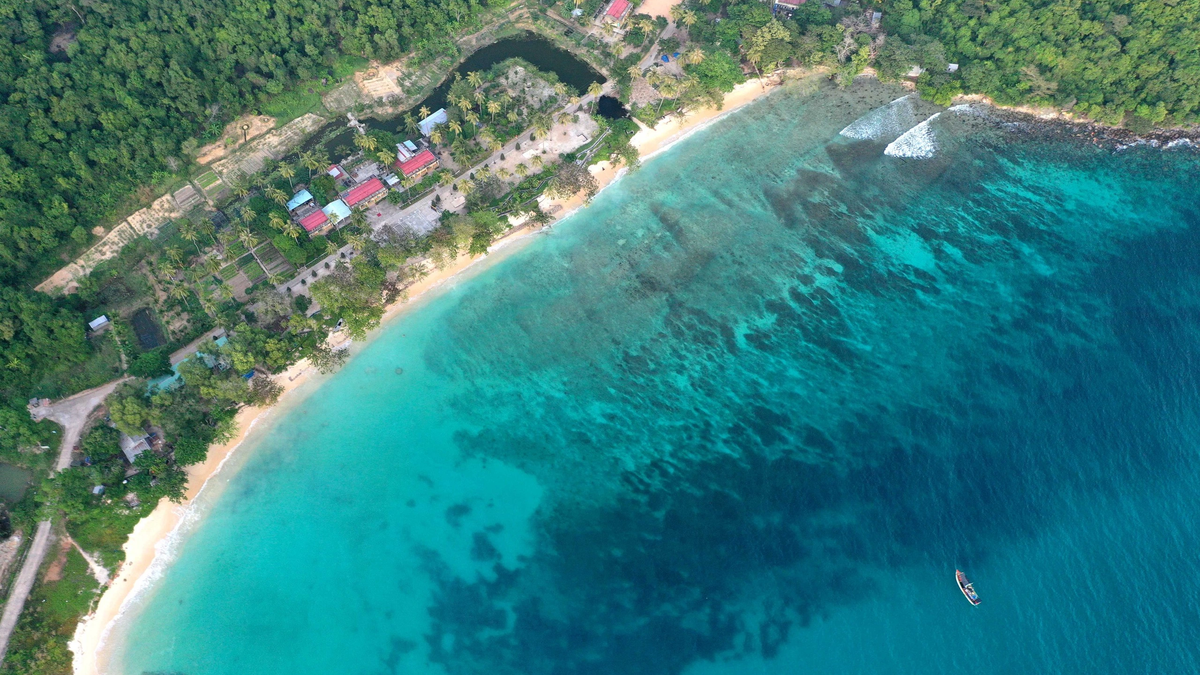
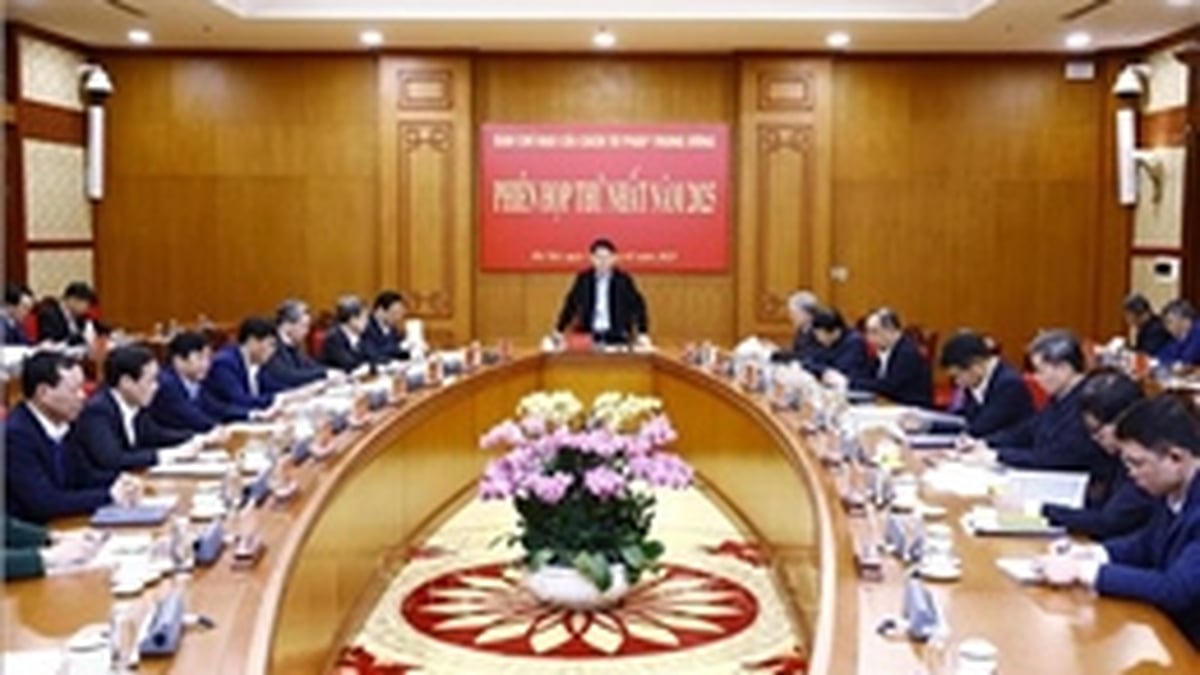





















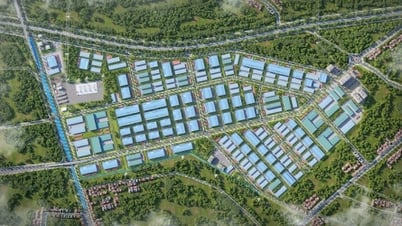




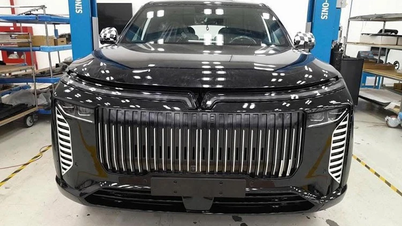

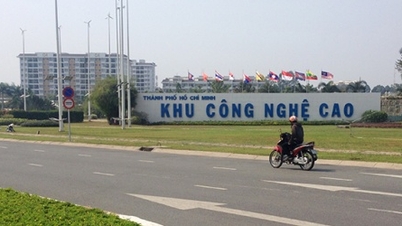


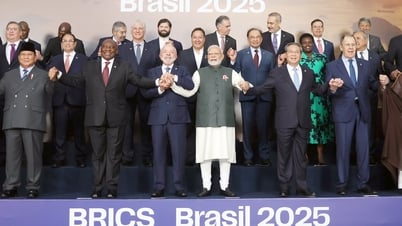

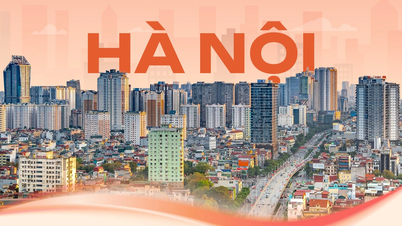

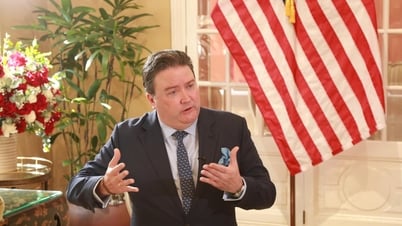

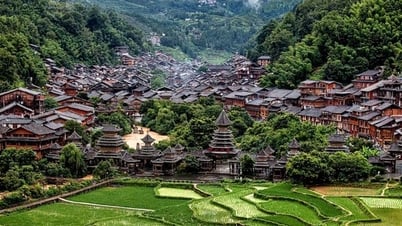

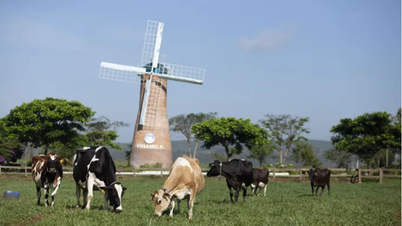

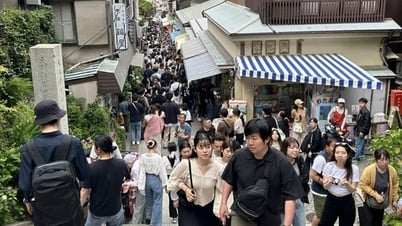
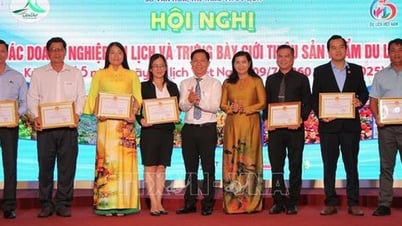









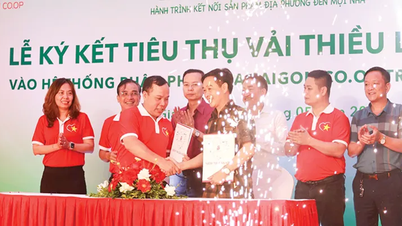











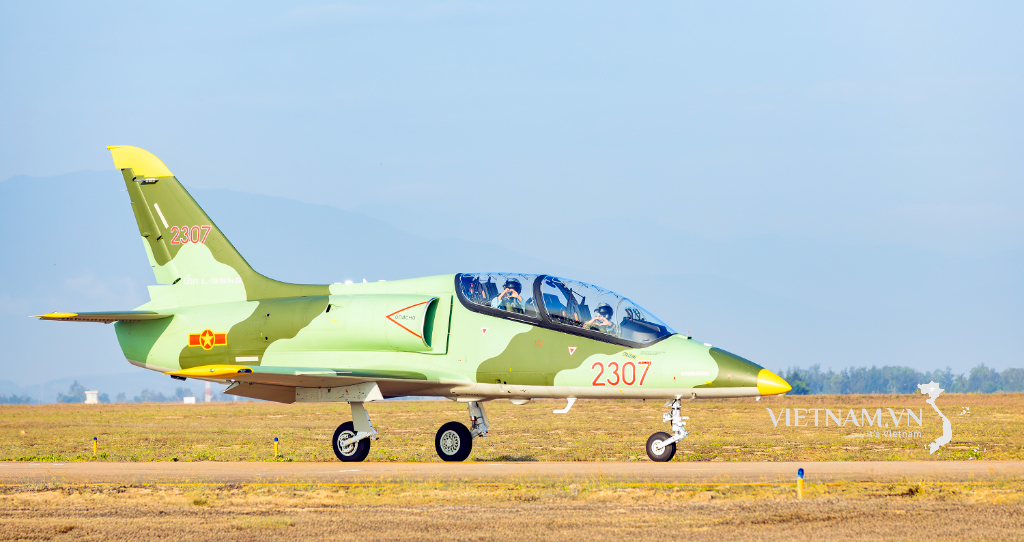

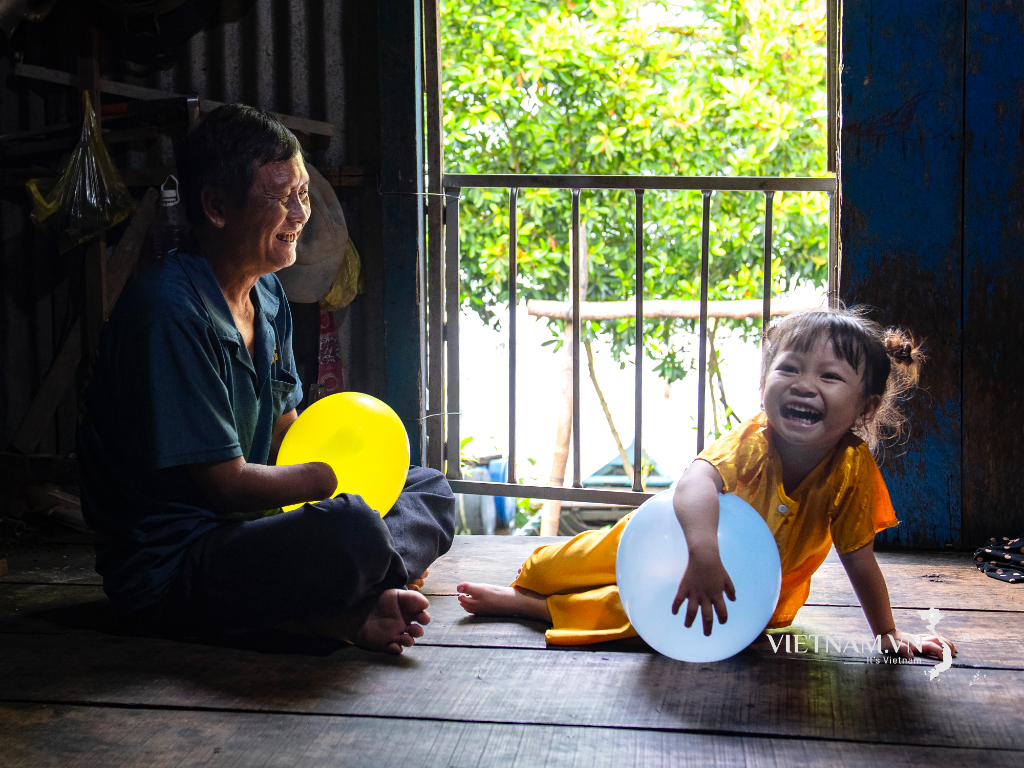
Comment (0)